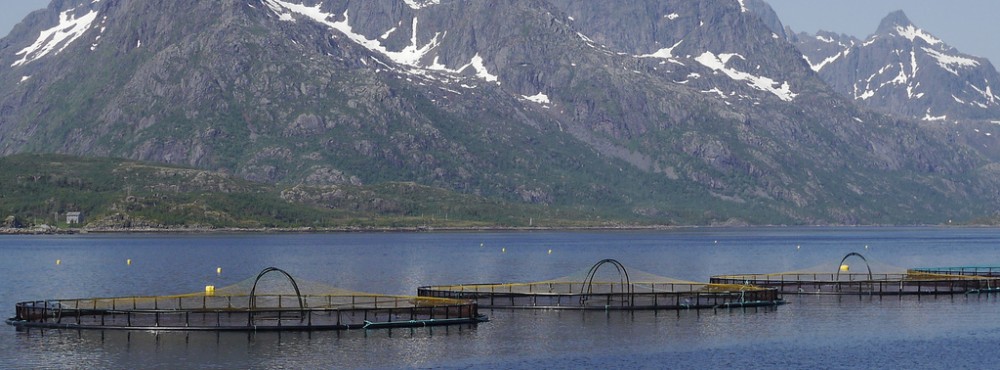Is there ONE Perfect Method of Measuring Salmon Welfare?
The answer to this question is NO. One single physiological or behavioural measure is not thoroughly indicative of salmon welfare. Various stressors can stimulate identical physiological pathways that lead to different types of behaviour. Generally, one physiological pathway does not stimulate a certain type of behaviour but rather a combination of physiological changes cumulatively add up to induce a certain type of behaviour. For example, the tertiary stress response is not an action of cortisol alone but also catecholamines. And one type of behaviour solely is not involved in responding to certain stressor. For example, decreased food supply causes a change in foraging behaviour and an increase in ventilation rate (due to more food anticipation), aggression (due to limited resources and more intraspecific competition), change in swimming pattern, and possibly a variety more of different behavioural changes.
Then how should welfare be measured?
My “RECIPE”
- Objective Component: multiple behavioural observations + measuring multiple physiological changes + measuring levels of abiotic factors in the system
- Subjective Component: farmers recording welfare management practices and understanding how they are affecting salmon behaviour and physiology using their own judgment, experience, and data collected from objective measurements.
Measuring the objective component will require technological equipment in order to quantify behaviour and qualitative data and make statistical measures. The subjective component will require the farmer’s intuition.
Now lets talk about some technology that will aid us in measuring the objective component.
